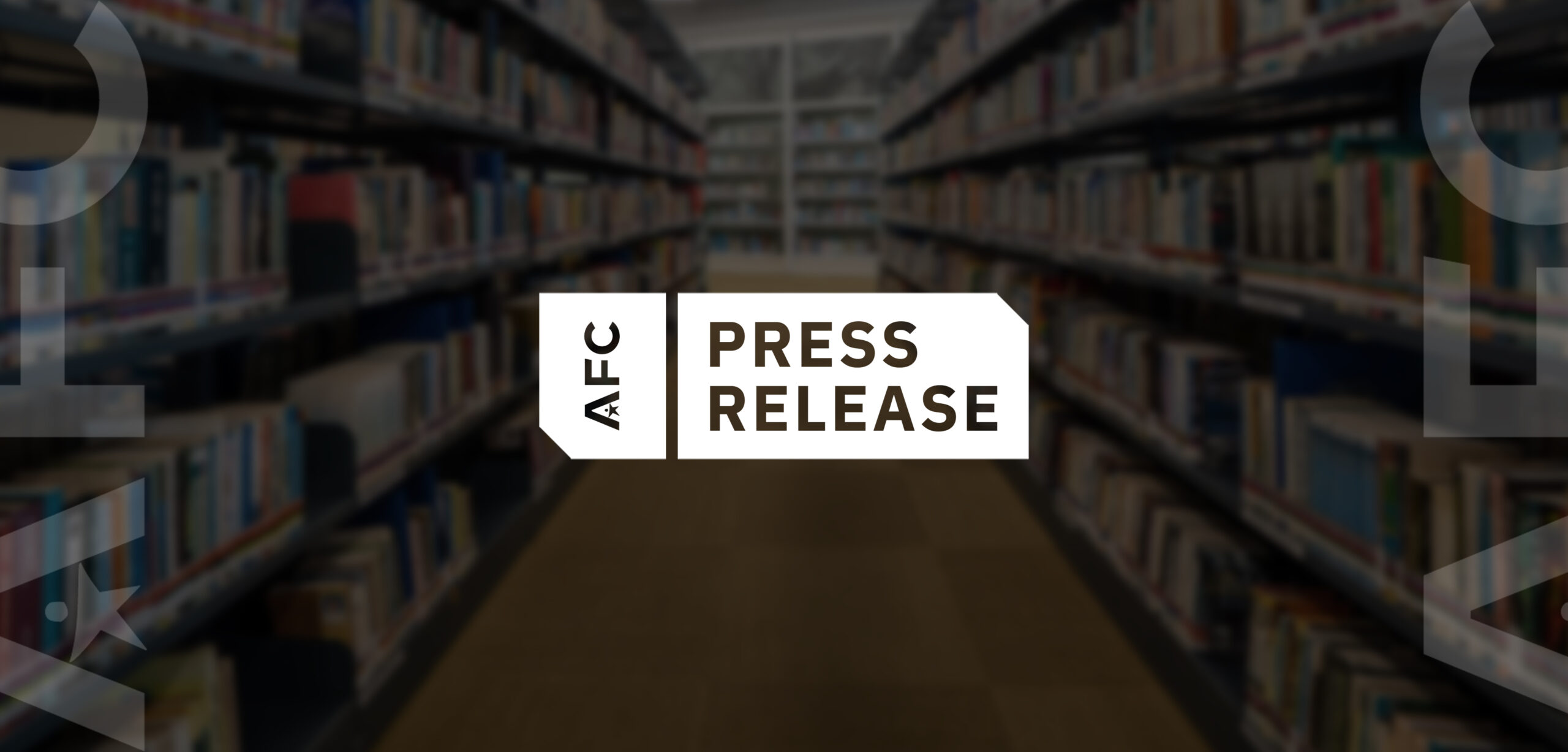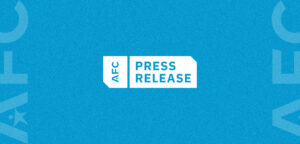AFC Praises Texas House for Filing HB 3
Dallas, Texas – The American Federation for Children applauds the Texas House on its filing of House Bill 3 on Thursday.
HB 3 makes education savings accounts available to every Texas student. With a $1 billion funding appropriation, the legislation proposes the largest day-one school choice program in our nation’s history.
Senate Bill 2 passed earlier this month. HB 3 adds to the Senate’s hard work with the following changes:
- Provides a pathway to expand the program in future years to meet parent demand.
- Indexes the ESA amount so that it grows alongside public school funding.
- Further clarifies protections for students, families, and private schools from government interference.
- Puts low-income and special needs students first, while ensuring a fully universal program.
Statement from Nathan Cunneen, Texas State Director, American Federation for Children
“Thanks to the leadership of Speaker Burrows and Chairman Buckley, the Texas House has proposed one of the strongest school choice bills in our nation’s history. Building upon the Senate’s excellent work, HB 3 would create the largest day-one school choice program in American history. Texas’ school choice legislation continues to improve at every stage in the legislative process.
We look forward to working with legislators to bring a school choice bill to Governor Abbott’s desk.”
Details:
- Who is eligible? All six million Texas K-12 students will be eligible to apply.
- What groups will receive priority? If demand exceeds available funding, the program will prioritize students who are special needs or are from low or middle-income families.
- When would the program be available? The program would be available for the 2026-2027 school year.
- Why is this happening now? Texas voters sent school choice majorities to each chamber of the legislature after Gov. Abbott campaigned across the state on education freedom.
- How does the allocation work? Most students would receive more than $10,000. Students with special needs would receive the state and local funding they’re entitled to in public school, up to $30,000. The amounts would grow along with public school funding in future years.



